Higher classification Combretum | Genus Combretum Rank Species | |
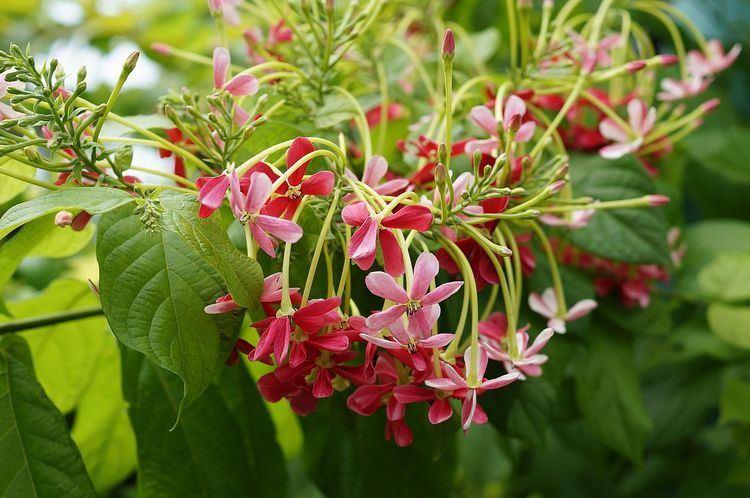 | ||
Similar Combretaceae, Quisqualis, Allamanda cathartica, Antigonon leptopus, Combretum | ||
Combretum indicum, also known as the Chinese honeysuckle or Rangoon creeper, is a vine with red flower clusters and is found in Asia. It is found in many other parts of the world either as a cultivated ornamental or run wild. Other names for the plant include Quiscual (in Spanish), Niyog-niyogan (in Filipino), Madhu Malti or Madhumalti (in Hindi), Madhuvi lota and Modhumonjori (মধু মঞ্জরী in Bengali; named by Rabindranath Tagore), Malati ( মালতী in Assamese), Madhumaloti (মধুমালোতি in Meitei), Akar Dani (in Malay) and Radha Manoharam (in Telugu).
Contents
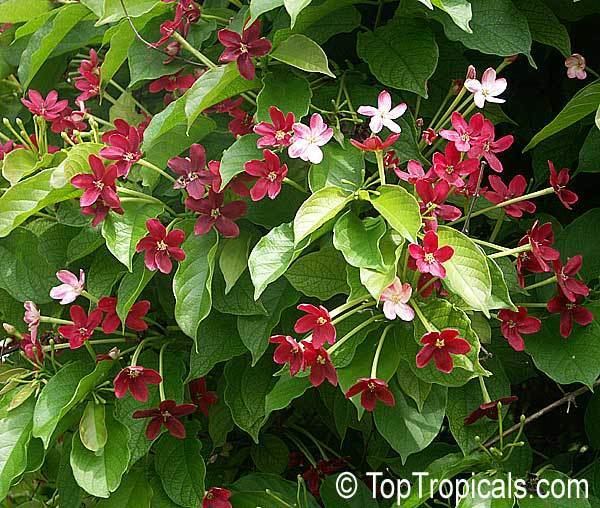
Madhumalti plant or combretum indicum
Description
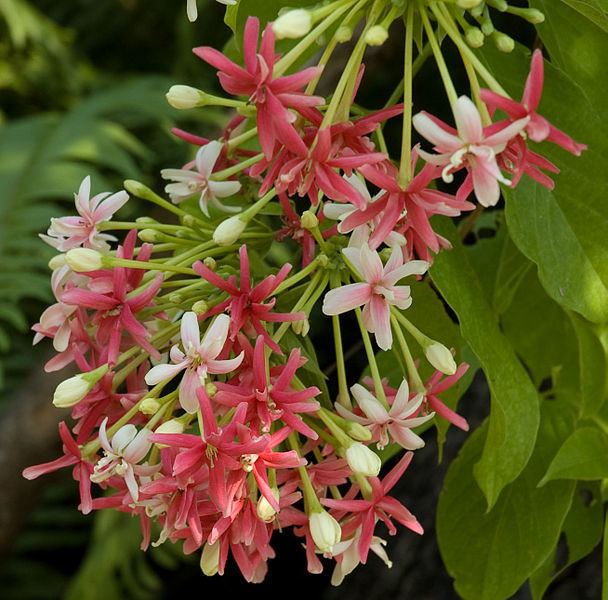
The Rangoon creeper is a ligneous vine that can reach from 2.5 meters to up to 8 meters. The leaves are elliptical with an acuminate tip and a rounded base. They grow from 7 to 15 centimeters and their arrangement is opposite. The flowers are fragrant and tubular and their color varies from white to pink to red. The 30 to 35 mm long fruit is ellipsoidal and has five prominent wings. The fruit tastes like almonds when mature. The niyog-niyogan is usually dispersed by water.

Rangoon creeper is found in thickets or secondary forests of the Philippines, India and Malaysia. It has since been cultivated and naturalized in tropical areas such as Burma, Vietnam, and Thailand
Uses
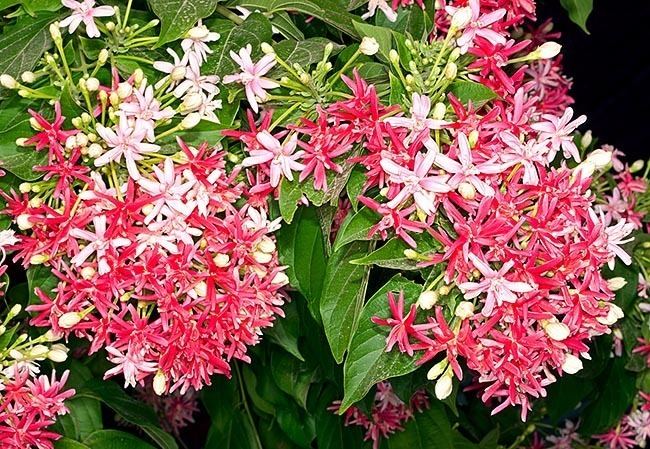
The plant is used as an herbal medicine. Decoctions of the root, seed or fruit can be used as antihelmintic to expel parasitic worms or for alleviating diarrhea. Fruit decoction can also be used for gargling. The fruits are also used to combat nephritis. Leaves can be used to relieve pain caused by fever. The roots are used to treat rheumatism.
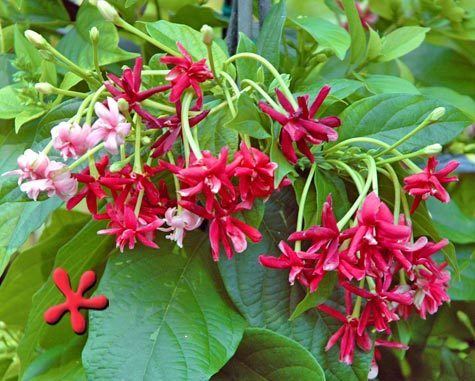
The seeds of this and related species, Quisqualis fructus and Q. chinensis, contain the chemical quisqualic acid, which is an agonist for the AMPA receptor, a kind of glutamate receptor in the brain. The chemical is linked to excitotoxicity (cell death). The seeds from the pod are useful for treating Roundworm and Pinworm. It is toxic to the parasite and kills it in the digestive tract.
History
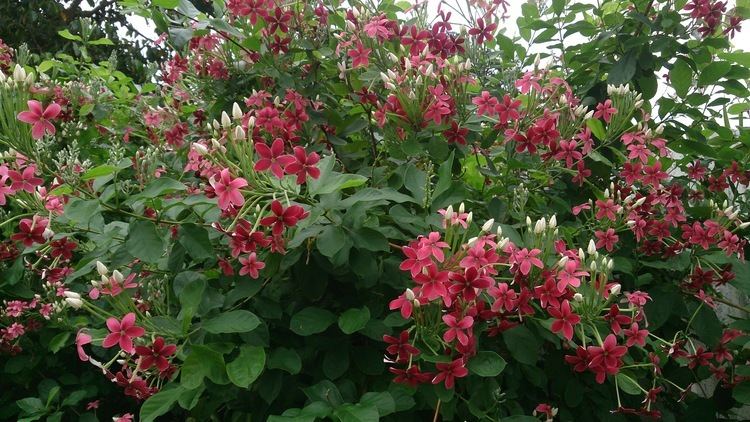
Dr John Ivor Murray sent a sample of the "nuts" to the Museum of Economic Botany in Edinburgh in 1861, with a note that they were "used by the Chinese for worms" and a description of the means of preparation and dosage.
